All Things Womanhood
- Anabella Bergero

- Apr 18
- 7 min read
Updated: Apr 20
To every girl confused by the noise: You don’t have to become a version of womanhood someone else sold you. You can come home to the truth written in your body. You can begin again.
I used to believe becoming a woman meant being everything—strong, sexy, nurturing, ambitious, desirable, spiritual. But over time, I began to ask: who told me what a woman is supposed to be?

Womanhood is both cultural and embodied. It’s shaped by trends, politics, religion, and media, but also lives in our biology and memory.
Because let’s be honest—womanhood has become a commodified category. There’s a version of it being sold everywhere, with receipts, formulas, and monthly subscription boxes. From empowerment shampoo to goddess courses, we’ve been handed pre-packaged identities with branding guides.
But the truth? You don’t need to buy your way into womanhood. You already are it.
In the 90s, I grew up on fashion magazines glorifying heroin chic. Thinness wasn’t just idealized—it was required. Even without social media, girlhood was a constant negotiation of “not enough.”
Throughout the decades, I lived through multiple waves of womanhood being redefined—from the body-hating fitness trends of the 2000s to the hyper-sexualized pop icons, the girlboss hustle, the gender-fluid discourse, and the pandemic’s forced stillness. Each era left a mark on how I moved, dressed, and treated my body. There were years I punished it, trying to conform. Years I disconnected entirely. And only recently have I begun to return to it—not through a trend, but through truth.
This reflection is an invitation to question how our idea of womanhood has been constructed, sold, and repackaged—through fashion, media, and theory.
The 1920s–40s: War & Working Women

Before domesticity took center stage, war reshaped the meaning of womanhood. As men left for the frontlines during World Wars I and II, women were called into the workforce—factories, offices, farms—taking on roles traditionally reserved for men. Propaganda posters encouraged them to step up, while media depicted them as both strong and feminine.
But when the wars ended, so did the call for independence. Many were expected to return home, hand back the tools, and resume traditional gender roles.
Key shifts:
Women entered the workforce en masse due to wartime necessity.
Cultural images like “Rosie the Riveter” became icons of strength.
Temporary empowerment was followed by societal pressure to return to domesticity.
Framework: Industrial necessity + provisional empowerment. The wartime period introduced a glimpse of autonomy—but it was conditional and short-lived.
The 1950s–60s: The Good Wife Era

Postwar womanhood meant domesticity—wives in high heels, smiling by the fridge. Dior’s “New Look” reinforced femininity as structured, submissive, and beautiful.
Key shifts:
Domesticity was framed as fulfillment and social duty.
Femininity became tied to aesthetics and submission.
Consumer culture marketed perfection through products.
Framework: Patriarchal conservatism + consumerism. Women were pushed back into the home. At the same time, a booming market sold them the tools of perfection: makeup, dresses, appliances. Domesticity became both duty and product.
The 1970s–80s: Feminist Liberation

Women demanded rights: education, credit, careers, autonomy. Power dressing emerged—blazers, shoulder pads, a uniform to compete in a man’s world.
Key shifts:
Legal and financial independence became attainable.
Power dressing signaled entry into male-dominated spaces.
Feminism prioritized equality through productivity.
Framework: Feminist theory + activism + male-defined success. Equality was measured by masculine metrics. We earned a seat at the table—but had to leave softness behind.
The 1990s: Thinness & Fragmentation

The 1990s offered a confusing blend of post-feminist promise and regressive beauty standards. Girl power slogans coexisted with the glorification of ultra-thinness. Heroin chic dominated fashion magazines, reinforcing the idea that shrinking oneself was the path to desirability.
Popular culture, led by models and pop stars, sold womanhood as a paradox: be empowered—but also desirable, passive, and perfectly small.
Key shifts:
Heroin chic made illness fashionable.
Female pop icons blurred lines between independence and objectification.
Feminism was marketed but not deeply structural.
Framework: Post-feminist aesthetics + commodified empowerment. The language of freedom was used to sell products, not challenge systems. The body was both policed and praised—but always scrutinized.
The 2000s: Pop Star Blueprints

Britney, Paris, Lindsay—their rise and collapse shaped a generation. Glossy, sexualized, thin. Fame looked glamorous, but behind the scenes was pain, eating disorders, breakdowns.
Key shifts:
Pop culture defined adolescence as sexualized and unstable.
Public breakdowns became media events.
Girlhood was commodified and consumed.
Framework: Media spectacle + commodified adolescence + digital gaze. Girlhood was performed for clicks, consumed as entertainment, and mediatized profitably.
The 2010s: Girlboss & Overperformance

We were told we could “have it all.” So we tried. Productivity became identity. Instagram fed a culture of perfection, burnout, and branding.
Mental health issues among teen girls spiked, mirroring their online exposure. Selfhood was optimized, curated, and sold.
Key shifts:
Empowerment was tied to productivity and branding.
Mental health among girls sharply declined.
Social media reinforced perfection and performance.
Framework: Neoliberal feminism + hustle culture + social media branding. Feminism became lifestyle. Empowerment became performance.
The 2010s–20s: The Rise of Fourth-Wave Protest
Before digital feminism was filtered and sold, it was shouted in the streets. This was the era of the Me Too movement, the Ni Una Menos protests in Latin America, and mass mobilizations across the globe against gender-based violence, discrimination, and inequality. Women gathered, marched, and posted. They held signs and each other. Voices once silenced became movements.
The rise of fourth-wave feminism was defined by emotional transparency, collective anger, and digital amplification. Trauma became speakable. Power was named. But as the decade progressed, the rawness of activism increasingly collided with the polish of performance.
Key shifts:
Feminist discourse became emotionally charged and globally visible.
Protests brought visibility to gender violence and systemic inequality.
Social platforms became both organizing tools and branding channels.
Framework: Fourth-wave feminism + digital activism + emotional truth-telling. What began as protest sometimes blurred into performance, but it opened the floodgates for collective reckoning.
The 2010s–20s: Fluidity & Deconstruction

Everything became fluid—gender, roles, language. The body positivity movement challenged beauty standards, but obesity surged globally.
Postmodern theory, once academic, entered mainstream. Identity became self-authored, endlessly performative. Pride went corporate. Rainbow products flooded the market.
Key shifts:
Identity became detached from the body.
Body positivity celebrated all sizes amid rising obesity.
Queerness and fluidity became marketable.
Framework: Postmodernism + queer theory + performance politics. Liberation meant abstraction. Biological womanhood became controversial to name.
Filtered Beauty

Feminism during this era was louder, sleeker, and clickable. Girlboss culture blended with fourth-wave rhetoric, and across platforms, we were sold the idea that we could—and should—do it all. Perfect routines, crystal rituals, entrepreneurial dreams, flawless faces. Feminism became a lifestyle subscription, complete with receipts, mood boards, and affiliate links.
From green smoothies to injectables, from hustle quotes to hormone-balancing teas, the obsession with self-improvement merged body, brand, and belief. Beauty ideals didn’t disappear—they just updated, polished by filters and curated in real time.
Screen-based living widened the gap between the body and the self. Teen girls experienced record levels of depression, and nearly 1 in 3 seriously considered suicide.
Key shifts:
Teenage mental health declined drastically.
The gap between digital self and physical body widened.
Beauty ideals were shaped by filters, apps, and algorithmic aesthetics.
Feminism became a branded identity across social platforms.
Framework: Identity politics + fourth-wave feminism + digital alienation. What began as visibility became performance. What promised empowerment often delivered exhaustion.
2020–2022: The Pandemic Reckoning

When life stopped, we listened. There was no performance—just survival. Fear spread as quickly as the virus, and health suddenly became fragile, sacred, and urgent. Isolation settled over cities and homes, and for many women, so did a deep reckoning. Life as we knew it paused, and with it came the haunting question: what truly matters?
With public life shut down, women held it all—remote work, childcare, homeschooling, aging parents, emotional support systems. The invisible weight became visible. And in that exhaustion, many began to see how unsustainable the old ways had been.
It wasn’t just a lifestyle shift—it was a psychological rupture. Friendships thinned, bodies changed, timelines broke. The pursuit of success lost its luster. Instead, there was a return to the basics: sleep, food, movement, presence, faith.
Key shifts:
Health and fragility of life became central concerns.
Isolation redefined emotional priorities and human connection.
Women carried invisible domestic and emotional burdens.
Many questioned the life scripts they were following.
Embodiment re-emerged not as aesthetic, but as survival.
Framework: Crisis reevaluation + feminist phenomenology. The pandemic exposed the illusion of having to do it all, re-centering womanhood in vulnerability, presence, and embodied care.
The Now: Reclaiming the Real

After years of “leaning in,” many women feel betrayed. They did everything—and ended up exhausted. Fertility rates declined. The market exploded with egg-freezing and IVF. They were expected to thrive, but also to wait. To delay. To do it all.
Now, the question emerges: what if success wasn’t freedom?
Politically, a shift is underway. Governments in the U.S. and U.K. are reinstating policies that recognize only two legal genders, prompting a renewed focus on biological realities. This signals a departure from the fluid frameworks of the previous decade and a return to fixed categories—sparking both controversy and clarity.
There’s a return to softness, ritual, homemaking, and even faith. Feminine aesthetics—cottagecore, prairie dresses, veils—reflect a craving for rootedness.
Key shifts:
Fertility and homemaking re-entered cultural relevance.
Softness and spirituality resurfaced as strength.
Aesthetic feminism sparked both healing and critique.
Framework: Post-liberal questioning + spiritual awakening + feminine resurgence. This isn’t about nostalgia—it’s about grounding. The risk is mistaking aesthetic for truth. Feminine doesn’t mean shallow. Sacred doesn’t mean submissive. The key is choice, not obligation.
Becoming Beyond the Script
Looking back, we see that the expectations towards womanhood have never been a fixed state—it’s been styled, sold, silenced, and re-scripted across decades. But beneath every trend, every performance, there has always been something more: the quiet, steady call to return to what’s real.
This journey isn’t about resisting change—it’s about discerning what’s true. About honoring what was stolen, what was sacred, and what still pulses in our bones.
We can’t undo the ways the world has tried to define us, but we can decide what we carry forward. Womanhood is no longer a costume to fit into. It’s a home we build, day by day, with our choices, rituals, bodies, and truths.
Not for the algorithm. Not for approval. But for life.
























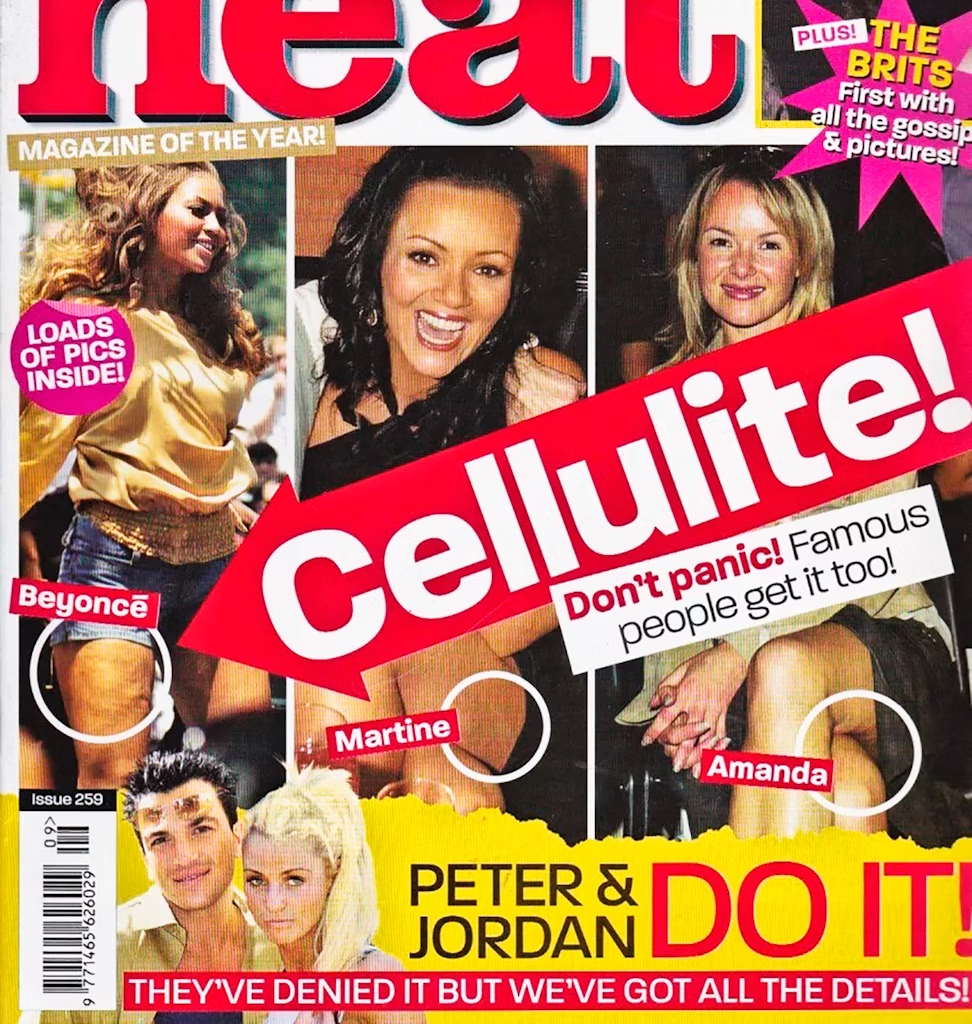








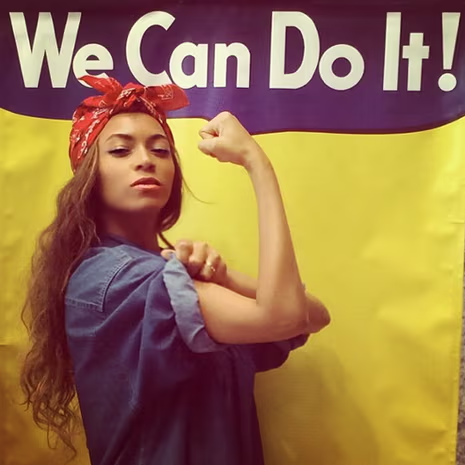
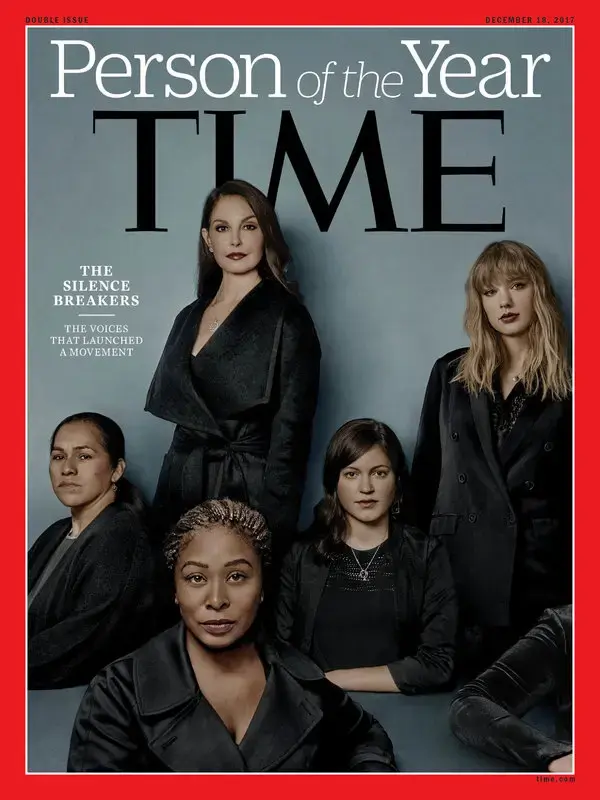













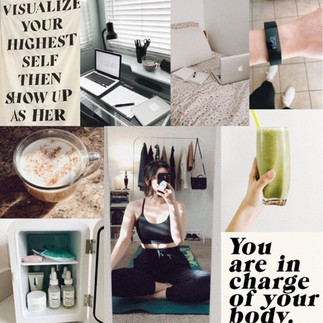








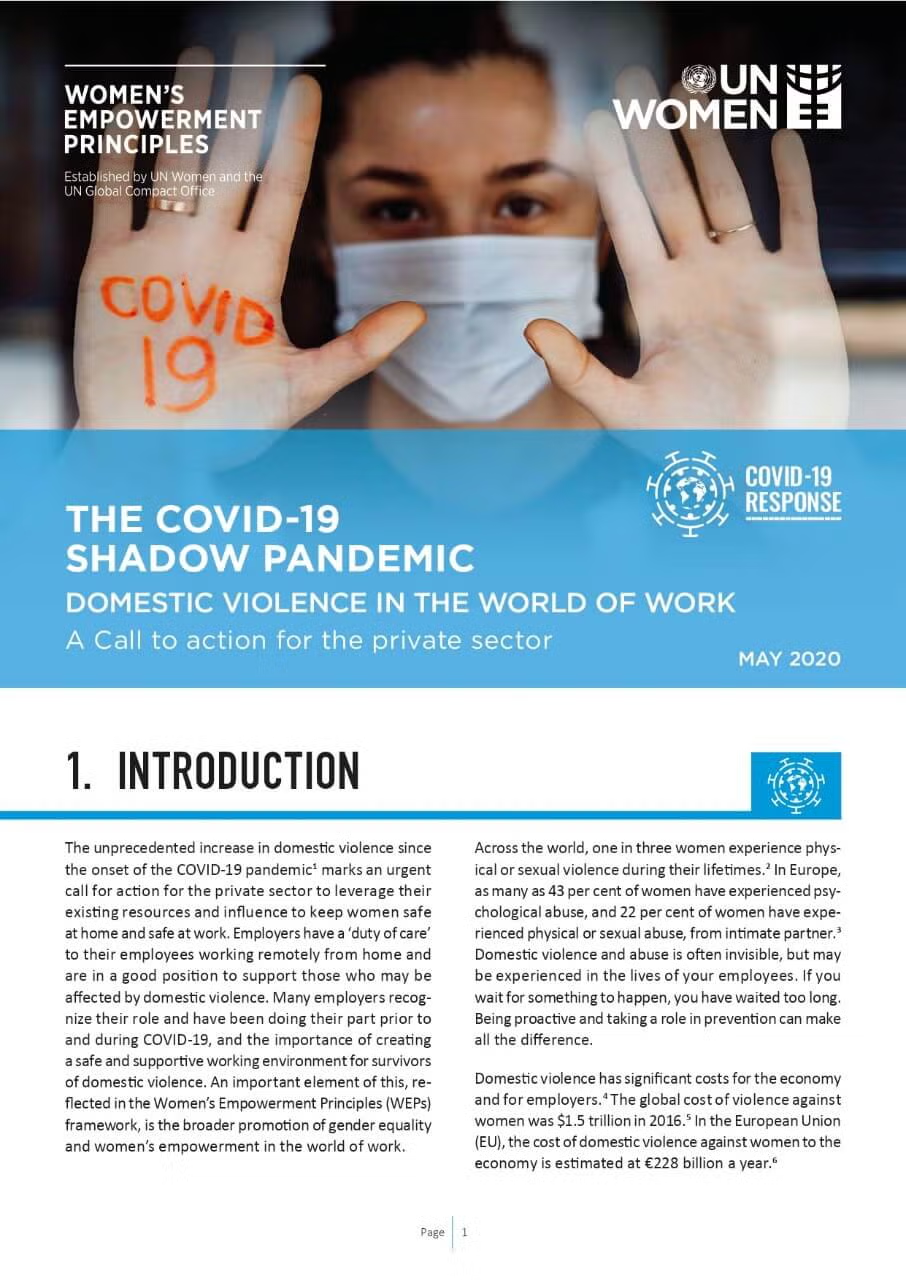

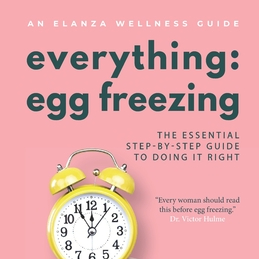
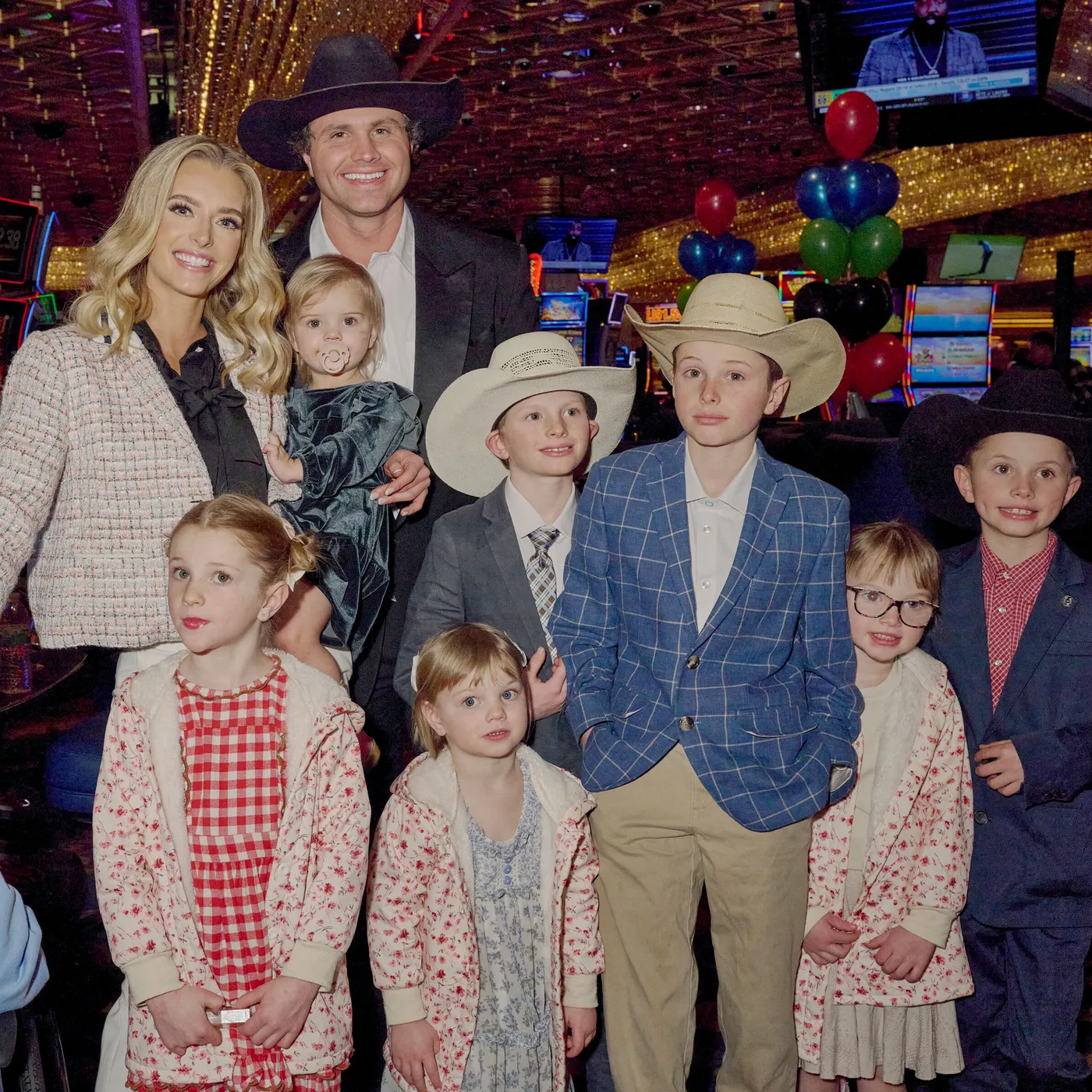



















Comments